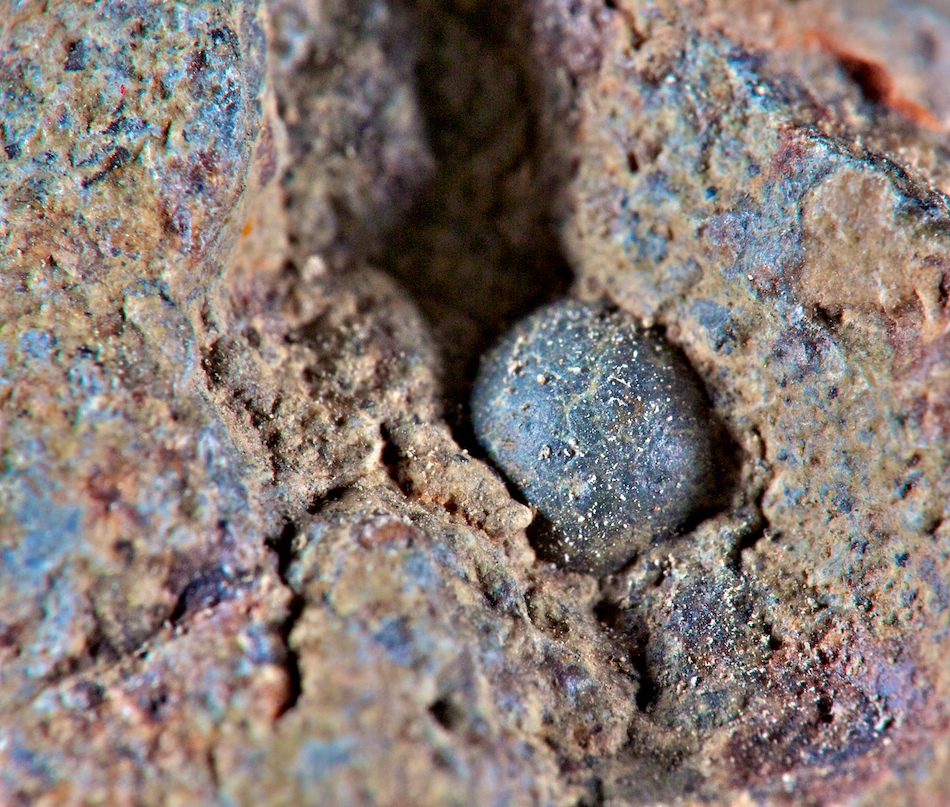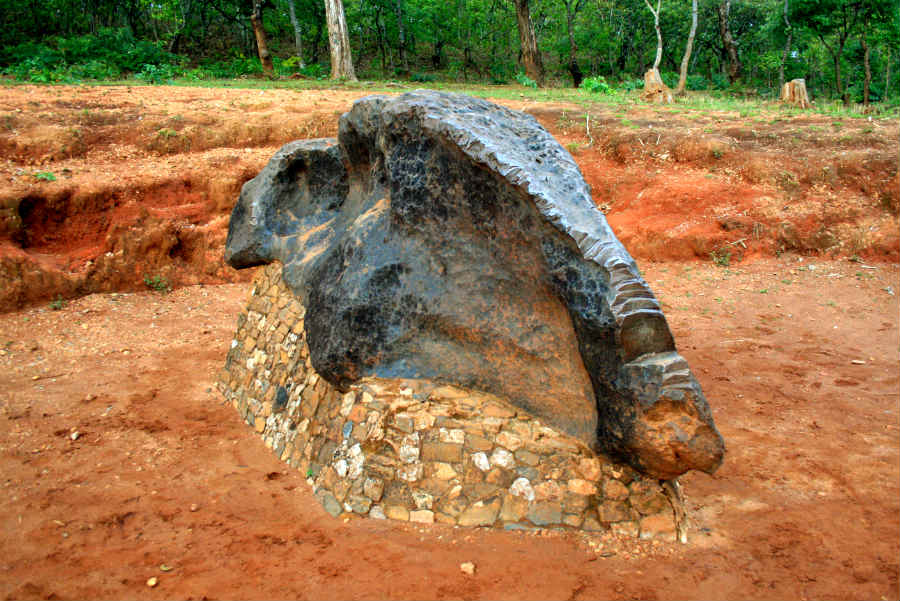

Some 1,050 falls and around 31,000 finds have been recorded and documented .

Most of those that enter the atmosphere do not survive frictional erosion on their downward trajectory , but many others do. If there are witnesses of its impact with the ground , they are called “falls”, or they are called “findings” if they are recovered later. It is estimated that about 100 meteorites of different sizes and compositions enter the surface of our planet annually , some tiny and others more than a meter in diameter. Also, what are its characteristics, its classification, and more? What are meteorites?Ī meteorite or aerolite is an object that comes from space that impacts on the surface of some planet or satellite , in which they remain after surviving the friction of entering its atmosphere . Meteorites have been observed on the Moon , on Mars , and of course on Earth . If you see a meteor during an annual meteor shower, then you are not going to find the meteorite.We explain what meteorites are, how they are formed, and what they are made of. Almost none hit the ground, but if one does, it’s called a meteorite.”įor all meteor showers, the meteors you see are made almost exclusively by sand- to pea-sized objects that ablate away in the atmosphere and never hit the ground. Most are the size of sand grains a few are as big as peas or marbles. They enter Earth’s atmosphere (and are then called meteors) at roughly 133,200 mph (60 kilometers per second) relative to the planet. : “Perseid meteoroids (which is what they’re called while in space) are fast. People have been watching meteor showers, such as the Perseids in early August, for thousands of years. This all means that the meteorite fragments land far from where you last saw the meteor and there is no way that observers at a single point on the Earth’s surface are going to find fragments of the meteorite.įor another opinion, see also this. Also, meteorites are much smaller than most people think they are, typically a few centimeters in size. Meteorites are not glowing when they hit the ground and they are not hot. The fragments land at terminal velocity, about 100-200 m/s. It takes a few minutes for any surviving fragments to fall to the ground during the “dark flight.” They keep moving in same general direction, but their fall becomes more vertical and is subject to wind speed and direction. Meteors stop incandescing (the light goes out) tens of kilometers above the Earth’s surface.

If you saw a meteor and then you found a rock, then the rock is not a meteorite. That is equivalent to going from New York to Los Angeles in 1.6 to 5.5 minutes. Meteoroids enter Earth’s atmosphere at speeds typically of 12-40 km/s relative to the Earth. If the rock hits the ground, then it is a meteorite. There is a meteorite there, but you cannot see it. The meteoroid sheds glowing material in its wake, causing the streak in the sky. The meteoroid compresses the air, which causes the exterior of the meteoroid to heat and glow (incandesce). Source: NASA/Bill Dunford A meteor is like lightning – You cannot hold it in your handĪ meteor (shooting star, fireball, bolide) is the visible streak of light in the sky from a meteoroid or micrometeoroid passing through the upper atmosphere of the Earth. Meteor over Park City, Utah, August 2016.


 0 kommentar(er)
0 kommentar(er)
